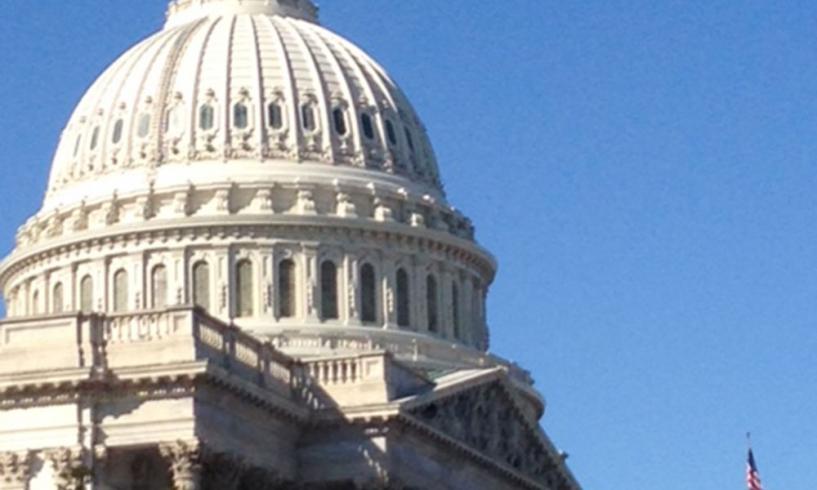In a move that’s been building for nearly two years, the U.S. Food and Drug Administration (FDA) announced on May 5, 2016, that it will now federally regulate e-cigarettes in much the same way that it regulates the tobacco industry.
The FDA requires all tobacco companies, including those manufacturing e-cigarettes, to present findings that their products don’t pose new health risks beyond what has been previously accepted.
The regulations also stated that purchasers of e-cigarette products and paraphernalia must be 18 years or older with valid identification (Department of Health and Human Services, 2016). Prior to the FDA announcement, individual states were responsible for regulating e-cigarette purchases.
Furthermore, the FDA now requires e-cigarette manufacturers to report the production processes, lists of ingredients, and scientific findings for review. Now scientists will be able to understand the exact chemical makeup of e-cigarette cartridges and products. E-cigarettes will also be subject to FDA inspection, much like the tobacco or food industry. The hope is to curb unsubstantiated claims made by the e-cigarette industry, including packaging products as “light” and “mild” without further scientific explanation.
The long-term effects of e-cigarette use are still unknown. Without more data over long periods of time, it’s impossible to understand the health risks associated with this form of nicotine consumption.
ONS released a position statement regarding the use of e-cigarettes as an alternative form of nicotine use, noting that without FDA approval as a smoking cessation tool it was unclear whether electronic nicotine devices provided any benefit to consumers.
The ONS position statement recommended a number of regulations for the e-cigarette industry, many of which were included in the FDA’s announcement. ONS’s suggestions included prohibiting sales to anyone under the age of 18, requiring child-proof packaging on liquid nicotine, banning the use of e-cigarette devices on aircraft, and requiring package warnings similar to tobacco products.
With new federal oversight, the hope is that further studies can be conducted on e-cigarettes and their implications. Once the products are better understood, it will be easier for healthcare professionals to recommend the proper approach and cessation of tobacco use—one of the most preventable behaviors in the fight against cancer.






